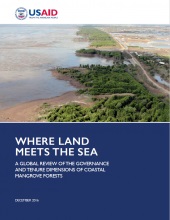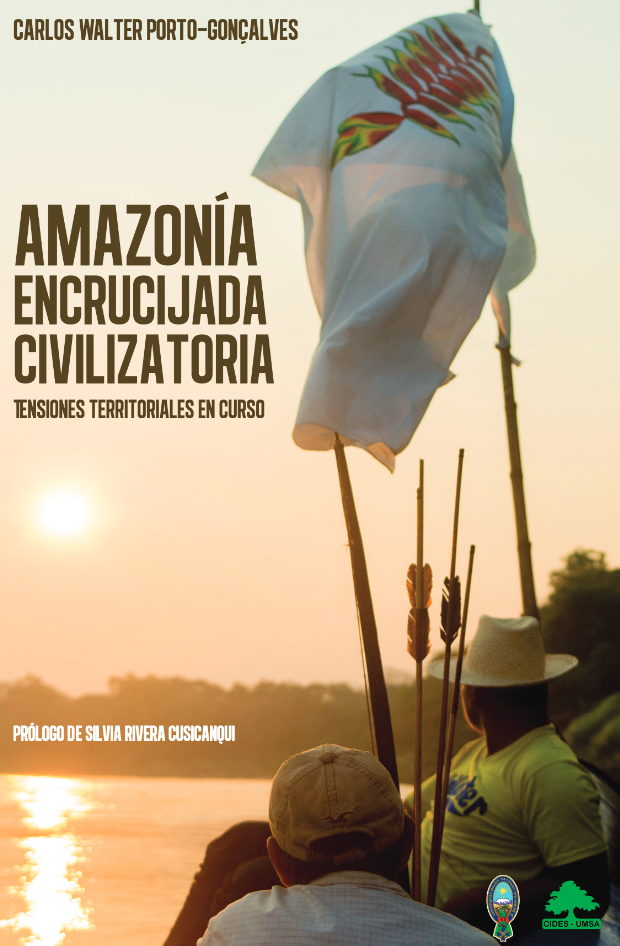When the Dutch disease met the French connection: oil, macroeconomics and forests in Gabon
Gabon’s oil wealth coincides with the fact that it is one of the most forested countries in Africa; about four-fifths of its land area is covered by forests. But this is not really a coincidence. The central hypothesis of this report is that oil rents have enabled a series of pro-urban, anti-rural policies that, together with the low demographic pressure, have been key in protecting forests from degradation and deforestation. In particular, forest conversion to cropland has been contained. Most probably, oil has helped expand forest cover in absolute terms.






